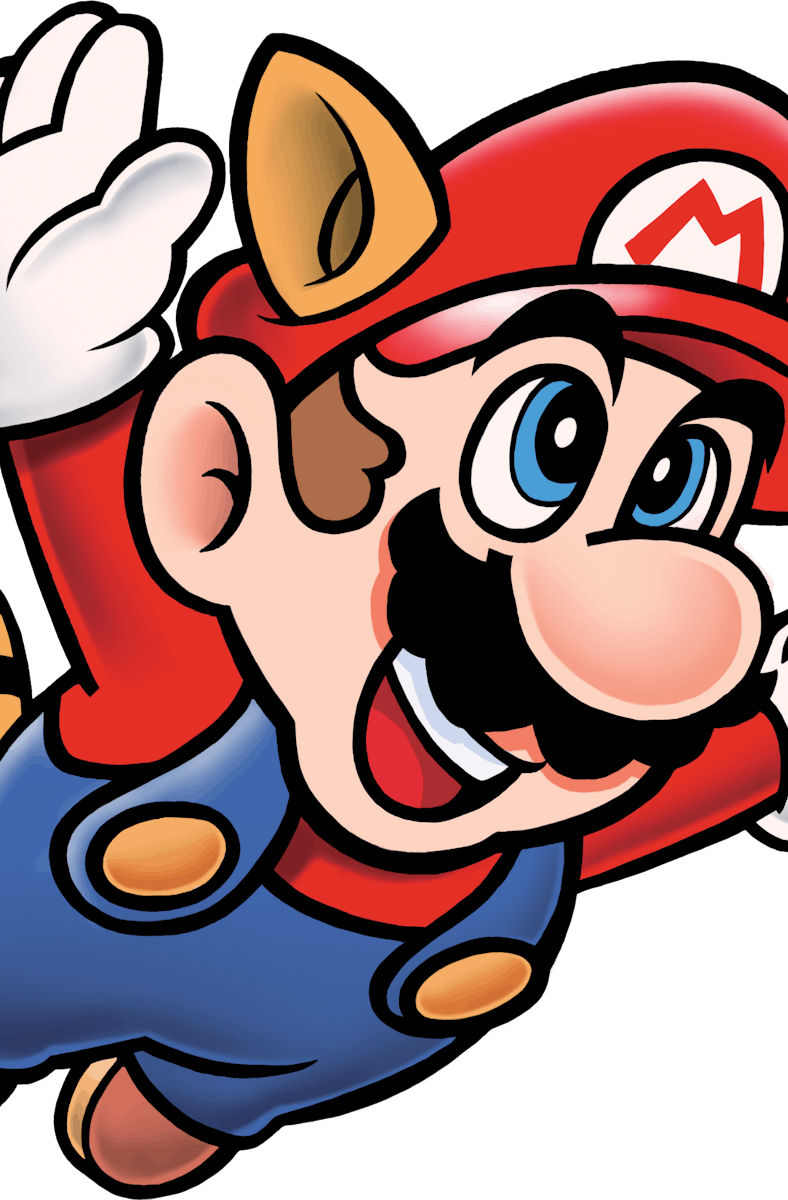Super Mario Bros. 3 Is Still the Most Influential Game in the Franchise
Pull back the curtain on a masterpiece.

By 1988, Nintendo had recreated the video game industry in its own image. The video game industry’s collapse five years prior had sent arcades on a death spiral and allowed for the rise of the home console. Consoles promised consistency, and nothing offered more of that than Super Mario Bros. The Italian plumbers had taken the world by storm in 1985, and the split-sequel nature of SMB2 had introduced a wider cast of characters to America.
For co-directors of the next game in the series, Super Mario Bros. 3, Shigeru Miyamoto and Takashi Tezuka, there was a desire to keep the games from becoming stale. There “wasn’t so much a pressure to follow the original,” Tezuka said in an interview, but rather a desire to “make everything completely different, including all of the visuals.”
Super Mario Bros. 3’s world map was a major innovation for the series, and gaming as a whole.
They tried changing the point of view, giving Mario an isometric view when the player looked down on a level, but it proved to be too massive an undertaking for a team that Nintendo Power breathlessly described as being “over ten people.” Instead, they gave him game-changing abilities, most notably the ability to float and fly with the Super Leaf and Tanooki suit. The game became an instant classic, remembered fondly enough to make it a no-brainer to become, fifteen years later in 2003, the incredibly named Super Mario Advance 4: Super Mario Bros. 3.
SMA4:SMB3 is available right now if you’ve subscribed to Nintendo Switch Online + Expansion Pack.
SMA4 makes several alterations in gameplay from the original, most seeming to accommodate players who, in the age of 3D polygons, might not be used to the unforgiving nature of NES games. Hammer-throwing Hammer Brothers throw fewer hammers, spiny shells can be touched if they’re upside down — that sort of thing. The core of the gameplay still feels the same, and even though it’s isometric, it tries everything possible to change a player’s perception of the franchise.
An assemblage of all of Mario’s new power-ups in Super Mario Bros. 3.
Many of the basic elements of a Mario game—levels, enemies, and Mario (or Luigi)—are completely new. SMB3 brims with experimentation, especially in Desert Land, the second of the game’s eight worlds. In Level 2-1, chains of bouncing fireballs called Firesnakes and trick bricks that leap out (described as Micro-Goombas) are introduced. After Level 2-3, a level that is just named with a graphic of quicksand features perhaps the series’ oddest opponent — the Angry Sun that swoops down from the sky to attack. In Level 2-5, Chain Chomps appear for the first time. They would go on to become series favorites.
Other then-new elements introduced in the original SMB3 include Bowser’s kids, the Koopalings, as mini-bosses, reward-filled Toad Houses, worlds like Desert Land and Sky Land that took on themes, and Bowser’s tremendous airship. For players coming to the game for the first time in 2003, whose first Mario game was on the N64, these elements would already feel familiar. But at the time of their initial release, they changed the expectations of what it meant to be a Mario game.
As the company’s flagship series, SMB3 marked the beginning of the franchise being on the forefront of creativity. Not to disrespect the previous entries in the series, but SMB3 is where the modern version of Mario, a character that can adapt to nearly any scenario imaginable, was truly born. SMA4:SMB3 showcases the game in a way that allows contemporary players to understand how revolutionary it was.